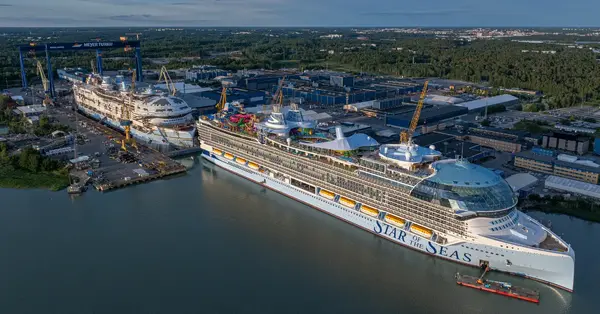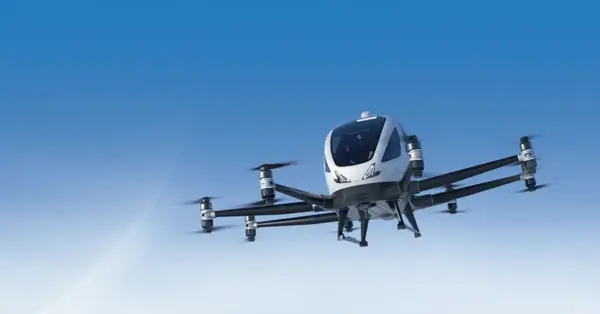You are viewing 1 of your 2 free articles
KSA to increase passenger traffic from 103 million in 2019 to 330 million by 2030
It has been announced by Saudi Arabia's transport minister that the kingdom will invest more than $133 billion in airports, seaports, rail networks and other infrastructure by the end of the decade in a bid to make the country a global transportation and logistics hub.
This is part of an economic diversification strategy to create jobs and wean Saudi Arabia off oil revenue. According to transport minister Saleh bin Nasser Al-Jasser, the strategy includes several mega projects. Abdulaziz Al-Duauilj, the head of the aviation authority, reported that Saudi plans to increase the number of international aviation routes from 99 to more than 250 and up the total annual passenger traffic from 103 million in 2019 to 330 million by 2030.
FOR MORE NEWS YOU CAN USE, SIGN UP FOR CONNECTING TRAVEL'S WEEKLY BULLETIN
The kingdom's international network is currently significantly smaller than that of neighbouring smaller states, the UAE and Qatar, which are both large air transit hubs.
Al-Duauilj said that there were also plans to increase the annual capacity at Riyadh's King Khalid International Airport and Jeddah's King Abdulaziz International Airport to 100 million passengers.
The launch of a new national carrier is also part of Saudi's diversification strategy, with aims to make the kingdom the fifth-biggest air passenger transit hub globally. Unlike state-owned Saudia and its low-cost subsidiary flyadeal, which mainly operate domestic services, the new airline would target international transit traffic, and be positioned to compete directly with regional carriers, such as Emirates and Qatar Airways.
















